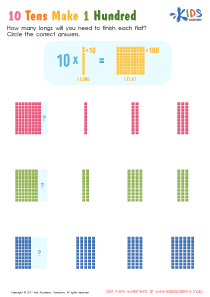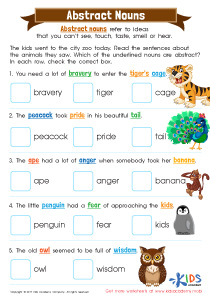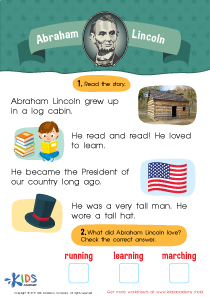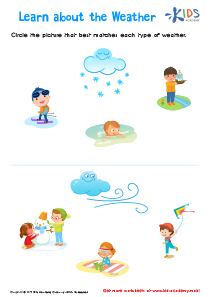Normal Elementary Phonics worksheets activities for 4-Year-Olds
1 filtered results
-
From - To
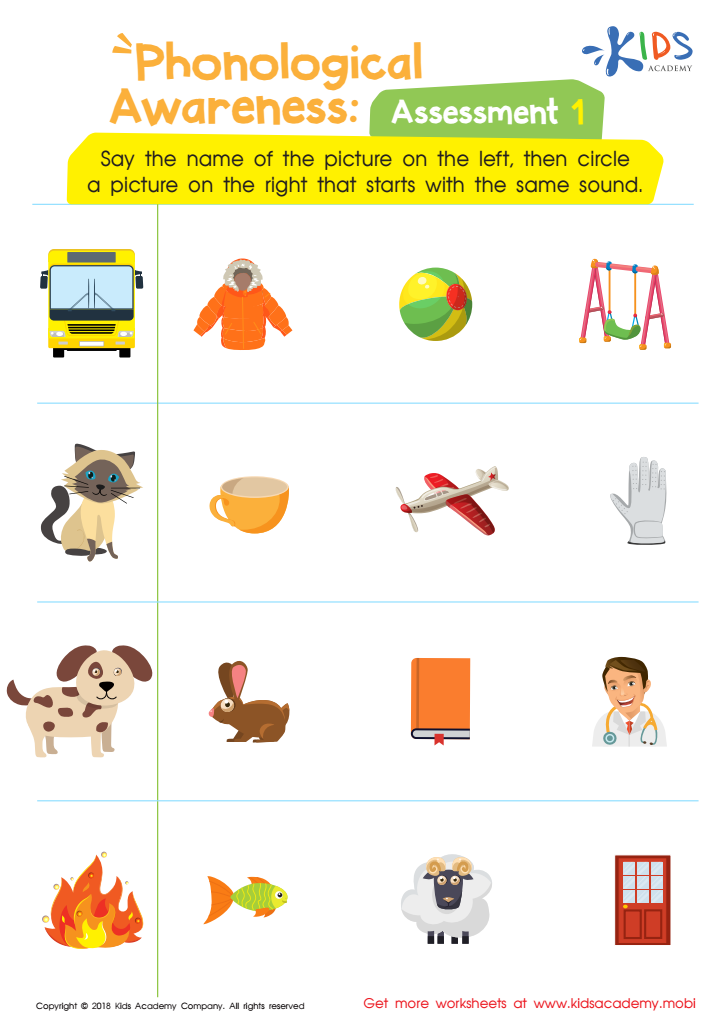

Phonological Awareness: Assessment 1 Worksheet
Normal Elementary Phonics worksheets activities play an instrumental role in laying the foundation for reading and writing skills in young learners. These worksheets are not just about learning to read but are crucial for understanding the sounds that letters make, individually and when they are combined. This understanding is the cornerstone of phonics instruction, which is vital for decoding new words, an essential skill for budding readers.
The usefulness of Normal Elementary Phonics worksheets activities goes beyond mere recognition of letters and sounds; they are designed to enhance a child’s ability to listen, identify, and manipulate phonemes—the smallest units of sound that can differentiate meaning in words. Through engaging activities, children learn to blend sounds to form words, and segment words into their constituent sounds, paving the way for fluent reading and effective spelling.
Moreover, these worksheets provide a structured approach to phonics learning. They systematically introduce new sounds, reinforcing them through repetition and application in various contexts. This methodical exposure ensures that children grasp the fundamental principles of phonics at their own pace, building confidence and competence in reading and writing.
Normal Elementary Phonics worksheets activities also cater to diverse learning styles. Whether a child is a visual, auditory, or kinesthetic learner, phonics worksheets offer varied approaches to learning, including coloring, tracing, matching, and writing exercises that keep young learners engaged and motivated.
Furthermore, these worksheets encourage independent learning. As children become familiar with the format of the activities, they can navigate the exercises with minimal assistance, fostering a sense of achievement and autonomy in their learning journey.
In conclusion, Normal Elementary Phonics worksheets activities are invaluable tools in the development of literacy skills. By focusing on the foundational aspects of phonics, they equip children with the knowledge and skills needed to become proficient readers and writers, setting them on a path to academic success and lifelong learning.
 Assign to the classroom
Assign to the classroom





.jpg)
